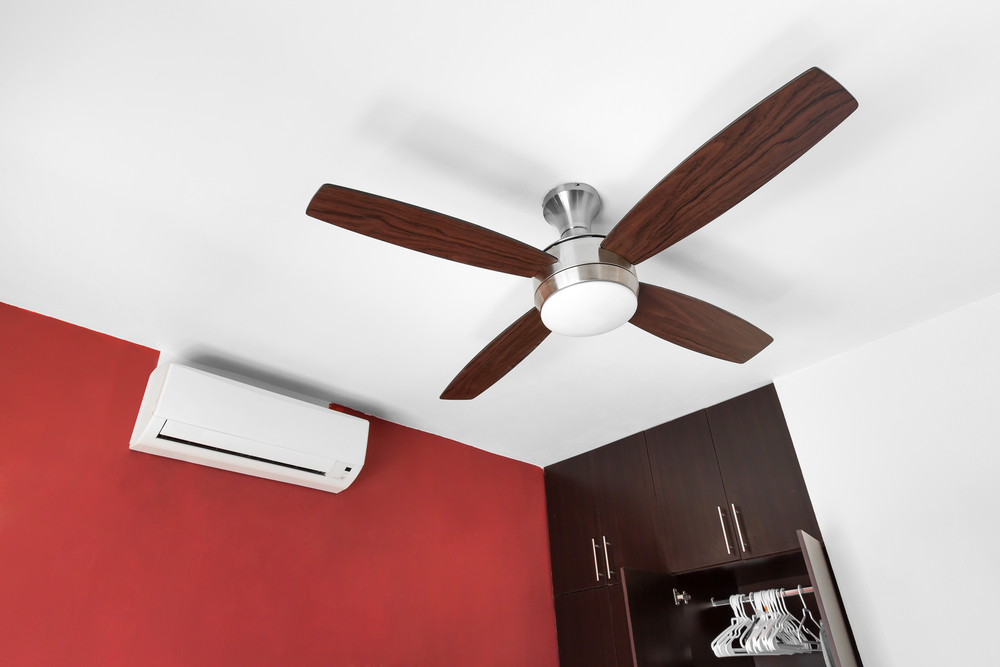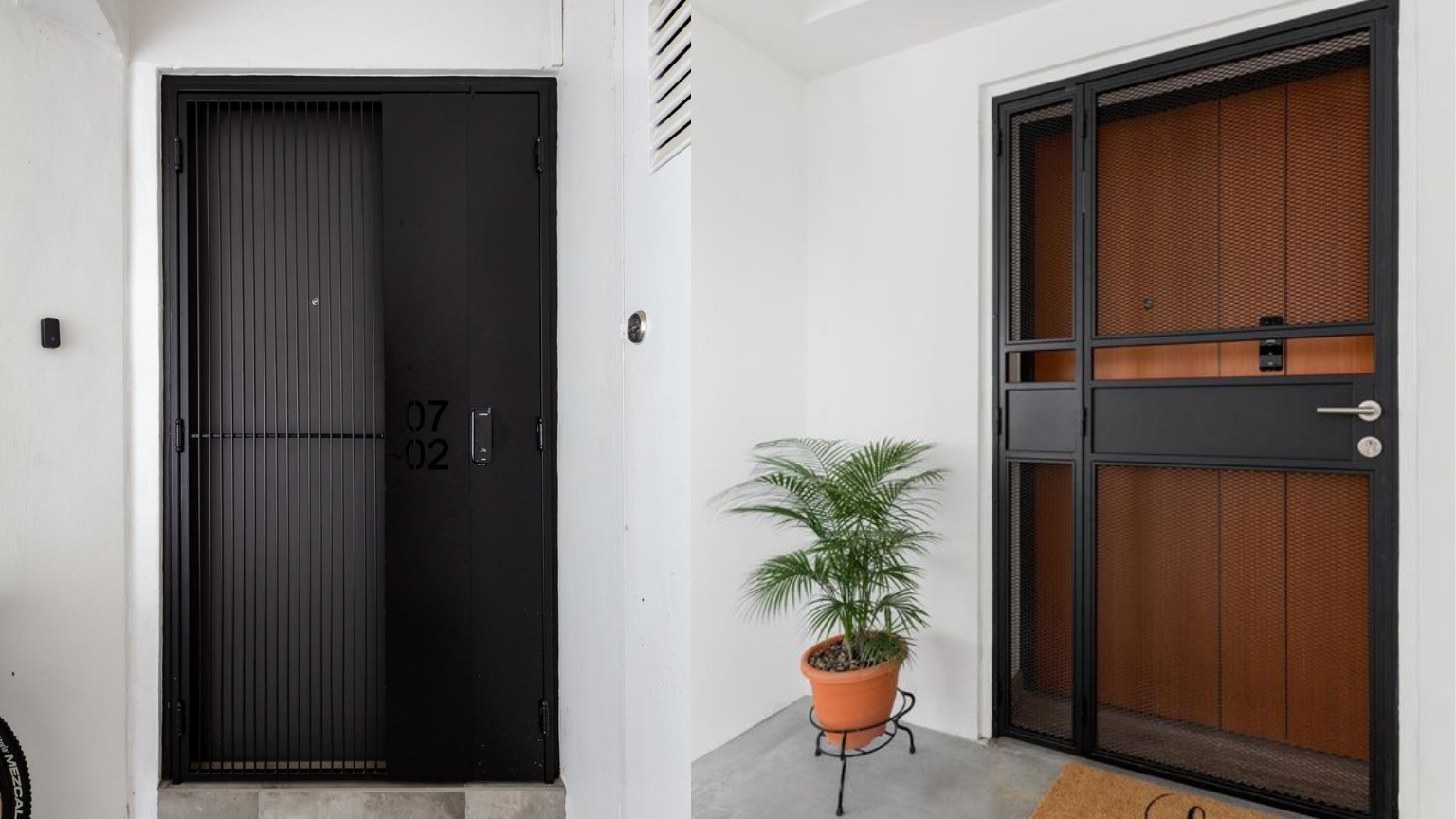
Chillin’ like a villain with your #HDBae
Ceiling fans – you either love them or hate them. Some people think of them as old-fashioned and clunky, while others love them for being an effective and energy-efficient way to ventilate the whole flat. Ceiling fans are also kid and pet friendly – no need to worry about fingers and fur accidentally stuck in-between whirling blades!
If you are thinking of getting ceiling fans fitted for your flat, find out what to look out for.
Size matters
Larger rooms require larger fans with wider blades to keep the room cool. Basic Physics. A ceiling fan with blade lengths between 55 to 60 inches generally fit larger rooms, while blade lengths between 44 to 56 inches would be enough for smaller rooms. Regardless of the size of your room, do note that HDB only allows ceiling fans with a maximum weight of 35kg.
Height of your ceiling
For a ceiling fan to work efficiently, there should not be too much distance between the fan and the floor. For safety reasons, HDB requires the clearance height of the ceiling fan to be least 2.4m from the floor level. You do not want to accidentally cut off your fingers while doing jumping jacks at home.
Design

Photo credit: Home & Decor Singapore
Ceiling fans come in a variety of designs. Like any piece of furniture, they should be selected with the decor and design of your flat in mind. A wood ceiling fan is likely to stick out like a sore thumb in a flat that boasts sleek, modern furniture. However, it might also lend an interesting contrast if you like juxtaposing elements.
A bulky ceiling fan can also create an impression of a lower ceiling, so pick one that is compact and sleek if your flat’s ceiling falls on the low-end of the spectrum.
Noise
If you are a light sleeper and are thinking about installing a ceiling fan in your room, be sure to go for one of those ‘quiet’ models that promises to be less distracting. The last thing you want to have is a fan that keeps you up all night.
Lights

Photo credit: Lookbox Living
Most ceiling fans can also be fitted with lights – either already integrated into the fan design, or as an additional accessory. Pick LED light bulbs, as they are more energy-efficient.
Energy efficiency
As energy efficient as fans already are, some consume less energy than the others. Ceiling fans using Direct Current (DC) electric motors are estimated to use up to 70% less energy than those that use Alternating Current (AC) electric motors. While they come with a higher price tag, the long term energy savings would even out with frequent use.
Safety Mark
Always check that your ceiling fan comes with a Safety Mark. In Singapore, it is illegal for retailers to sell ceiling fans without a Safety Mark, as ceiling fans are controlled goods that have to be tested, to ensure that they meet the safety standards set out by the Consumer Product Safety Office.
When you order ceiling fans from overseas retailers online, as cheap as they might be, there is always a risk of dubious safety controls and fire hazard. This is why you should only get your ceiling fans from reputable retailers locally. For more safety tips on ceiling fans, please visit https://go.gov.sg/fans-hdb.
We hope this article gives you a better idea of what to look out for when ordering a ceiling fan!









